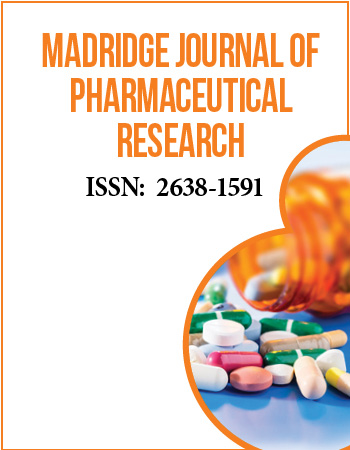International Conference on Medicinal and Pharmaceutical Chemistry
December 5-7, 2016 | Dubai, UAE
Design TiO2 nanoparticles for using in nanocomposites containing oligonucleotides and their analogues
Novosibirsk State University, Russia
Recent advances in nanomaterials made possible to tackle difficult problems, in particular, the application of titanium dioxide nanoparticles in biological tasks. The conditions required for biological experiments (neutral pH values and water-soluble state of nanoparticles) often lead to aggregation of nanoparticles and changes in their morphology. Low aggregation stability of extremely small nanoparticles and their toxic properties make it necessary to devise special methods for synthesis of nanoparticles aimed at improving their dispersion stability and biosafety. We designed TiO2 nanoparticles for using in nanocomposites with oligonucleotides and found ways for diminishing the toxicity of TiO2-NPs and increasing the dispersion stability of the sols in physiological media by optimizing the conditions of chemical treatment of TiO2 sols. The effect of the nature of singly charged electrolyte cation (Li+, Na+, K+, NH4+) used for neutralization of the initially acid TiO2 sols, a method of electrolyte introduction into sols, chemical nature of dialyzing solution, and surface modification of nanoparticles with isopropyl glycidyl ether (IGE) on the size of TiO2 particles at pH 6.5-7.5 and their cytotoxic properties was studied. Investigation of TiO2 sols dispersion by a set of physicochemical methods showed that chemical nature of the electrolyte cation affects sol agglomeration, which increases in a series Li+ > Na+ > NH4+, and the use of phosphate buffer for sol dialysis facilitates the formation of more uniform disperse systems. It was shown that the surface modification of TiO2 nanoparticles with IGE and using phosphate buffer diminishes its toxic effect on the cells and prevents undesirable interaction of TiO2 with cell components. TiO2 nanoparticles showed their potency as the basis of nanocomposites bearing DNA fragments for interaction with nucleic acid targets in cells.
The work was supported by the grant of Russian Scientific Foundation no. 16-15-10073.
Biography:
Elena V. Bessudnova was born in Sovetsk, Russia. She received the MS degree in chemistry from Southern Federal University, Russia, in 2007 and the Ph.D. degree in physical chemistry from Kemerovo State University, Russia, in 2014. From 2010 to present, she has been Postgraduate Student, then Research Scientist, with the Environmental Catalysis Laboratory from Boreskov Institute of Catalysis, Siberian Branch of Russian Academy of Sciences. She is author of more than 10 articles. Her research interests include the synthesis and design of nanoparticles and their study physico-chemical properties. Currently she works at the Novosibirsk State University


